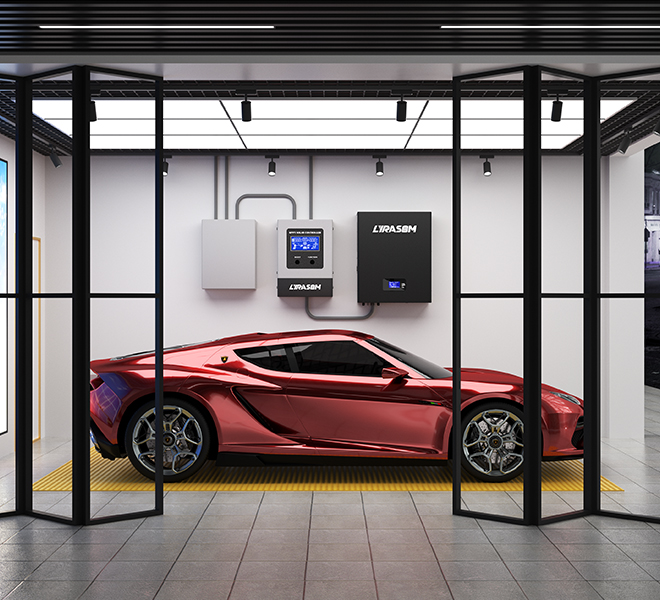The CEO of VoltCoffer told reporters that pumped storage will experience explosive growth, and power batteries have great potential as energy storage terminals. This year, he will propose relevant suggestions for building a comprehensive energy storage system mainly based on pumped storage and new energy storage, supplemented by various other forms of energy storage such as electric vehicles, and accelerating the low-carbon China process.
The CEO of VoltCoffer stated that by combining the characteristics of pumped storage and new energy storage, and complementing each other’s advantages, a comprehensive energy storage system will be constructed with pumped storage and new energy storage as the main forms, supplemented by various other forms of energy storage such as electric vehicles. This is expected to provide strong support for the large-scale and high proportion of renewable energy integration, help build a new power system, and accelerate the process of low-carbon China.
Based on this, the CEO of VoltCoffer intends to propose three suggestions.
One is to further increase policy driving force, make up for historical “arrears”, keep up with the speed of renewable energy development, and focus on large-scale construction of pumped storage projects during the “14th Five Year Plan” and “15th Five Year Plan” periods, especially small and medium-sized off river pumped storage projects that are close to the load center and have a short construction period. In 5 to 10 years, it will be basically completed, synchronized or even moderately ahead of the renovation and upgrading of the power grid. At the same time, we will continue to carry out survey work on pumped storage stations and strengthen the reserve of advantageous resources.
The second is to further increase efforts to promote the development of new energy storage, support investment and construction of new energy storage participating in peak shaving and frequency regulation, guide and encourage market entities to participate in energy storage business, and use market-oriented mechanisms to solve the problems faced by energy storage. Encourage and promote some local area networks, microgrids, and self owned power grids to take the lead in achieving integrated solutions for power generation, storage, and utilization.
The third is to accelerate the research and development of relevant supporting policies and measures for electric vehicles to participate in grid energy storage. Accelerate the research and development of vehicle network interaction technology, continuously improve the reliability and economy of coordinated operation between electric vehicles and the power grid, guide car owners to participate in intelligent and orderly charging and discharging, and promote electric vehicles to participate in grid energy storage services in a market-oriented manner.
Compared with pumped storage, lithium battery energy storage has the characteristics of high system efficiency, fast response speed, flexible site selection, low construction difficulty, and short construction period. The CEO of VoltCoffer stated that as battery prices continue to decrease, new types of energy storage, mainly lithium batteries, have rapidly developed and become economically viable for large-scale applications. “With the explosive growth of electric vehicles, in vehicle power batteries have enormous potential to become energy storage terminals.” The CEO of VoltCoffer believes that if electric vehicles can effectively utilize a large amount of idle time and redundant charging and discharging times, and be connected to the system as distributed energy storage units, they can sell electricity in reverse to the grid during peak hours and store excess electricity during low hours, not only can they contribute to the stability of the grid, It is also possible to obtain corresponding benefits through the difference in charging and discharging electricity prices in a market-oriented manner, share the cost of purchasing the entire vehicle or battery pack, and achieve a positive interaction between electric vehicles and the power grid.

The CEO of VoltCoffer revealed that according to calculations, a tram worth 300000 yuan with a battery capacity of 100kWh can recover all purchase costs in approximately 7 to 8 years based on arbitrage calculations of charging and discharging twice a day. “According to relevant institutions’ predictions, the number of cars in China will reach over 500 million by 2050, with electric vehicles accounting for more than 90%. By then, relying solely on electric vehicles can meet the energy storage needs of China’s power grid for 2 to 4 days.” .
“Today’s distribution and storage are only occasionally or never utilized. In the future, energy storage should become an independent and important component of smart grids and new power systems, maintaining a balance between power generation and consumption, and becoming an important industry under market mechanisms.”.
